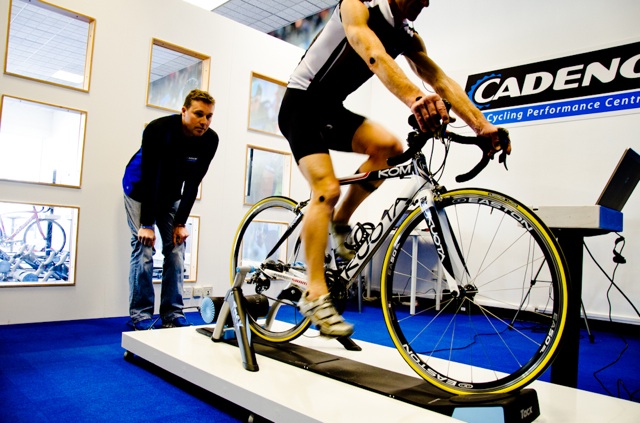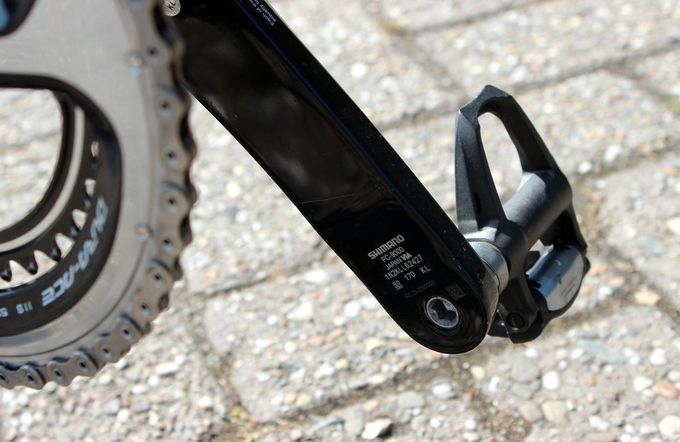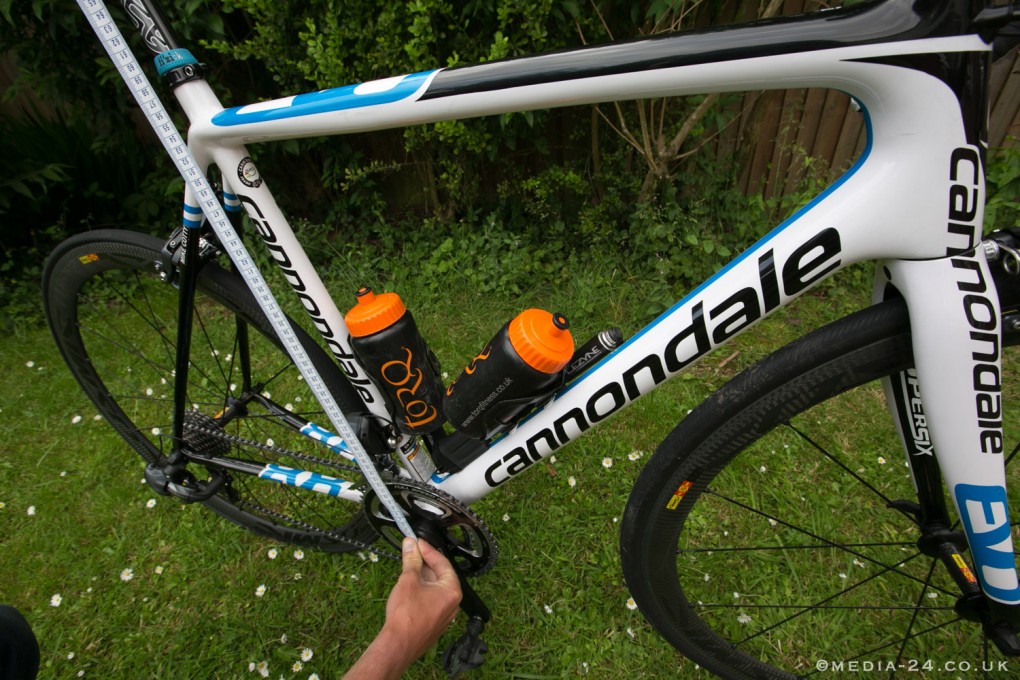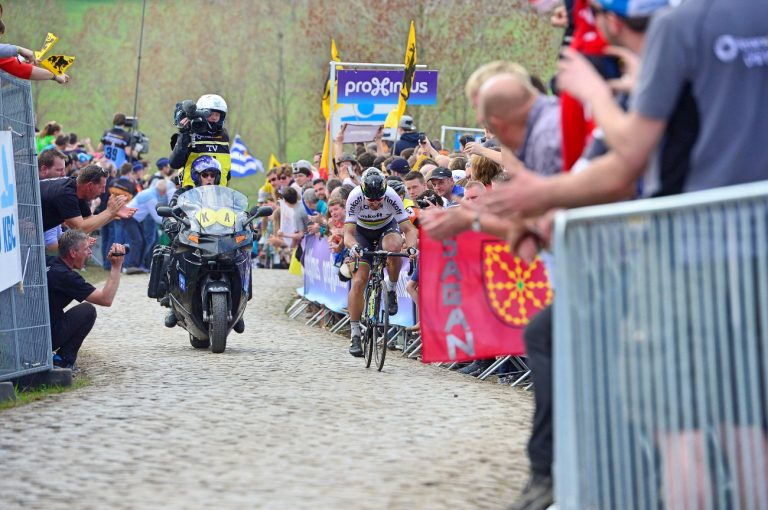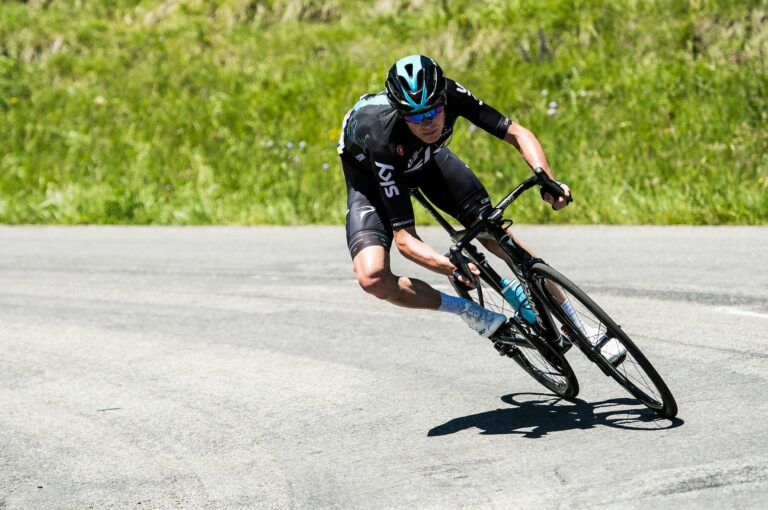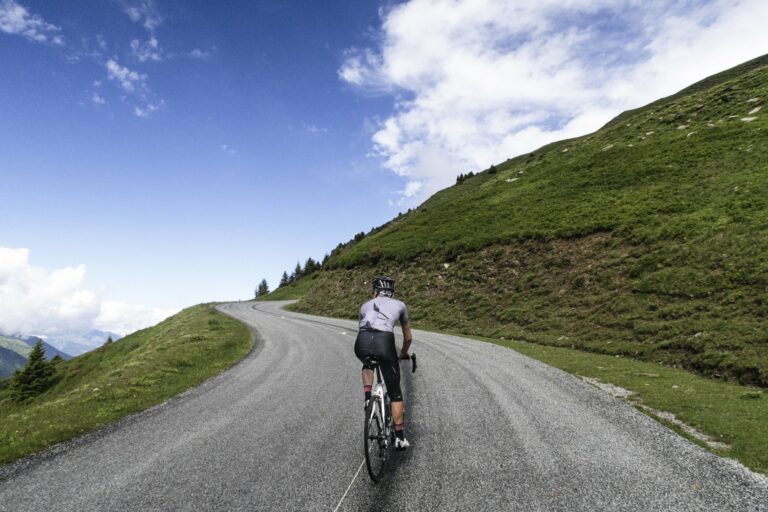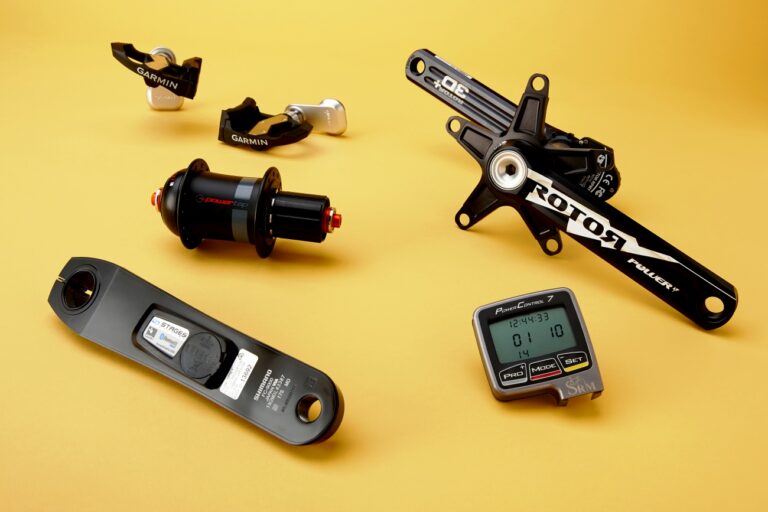Changing your saddle height is one of the simplest adjustments you can make to your bike, but one which arguably brings the most benefits.
Finding your optimal saddle height can boost your pedalling efficiency (Burt calls it the ‘Holy Grail for power’), enhance the comfort of your ride and, most importantly, help to avoid long-term injuries.
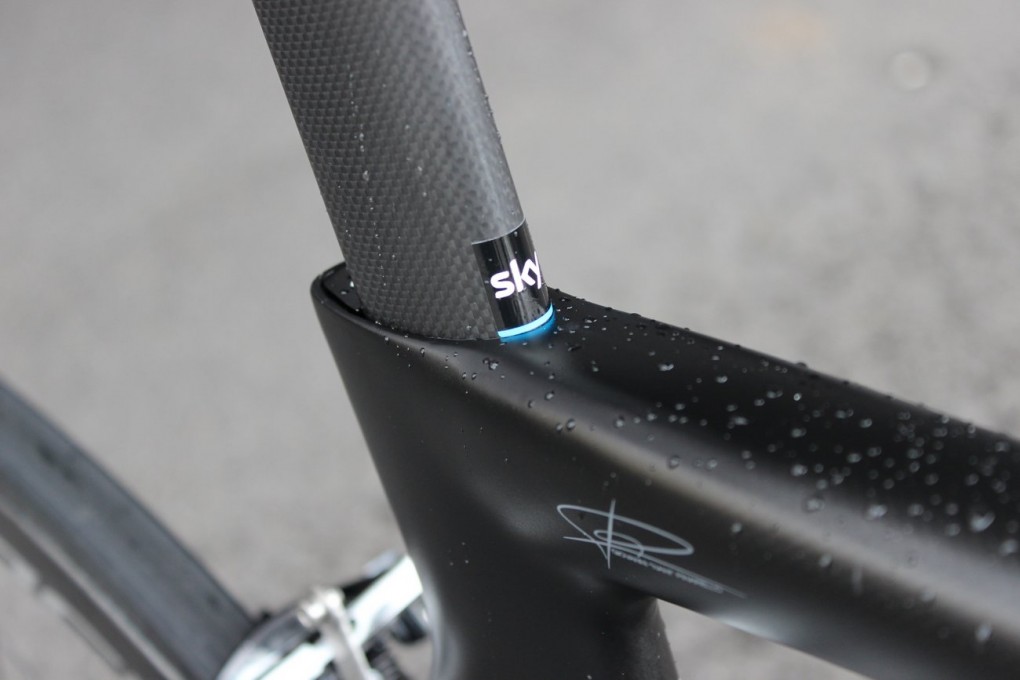
It’s important, therefore, to find your optimal position, and there are a number of methods to do so, with a host of factors affecting your saddle height – typically measured as the distance from the bottom bracket to the top of the saddle – including saddle setback, cleat position and crank length.
Phil Burt is a man who knows a thing or two about bike fit, as head physio at British Cycling and a consultant to Team Sky. Burt has also published a book on the subject, and we’ve already brought you his top fit tips and the common symptoms of a bad bike fit and how to correct them. This time round, we caught up with Burt to find out how to set your saddle height.
Burt says that finding the correct saddle height is the ideal starting point for any bike fit, given a lot of other changes to position are done to correct a less-than-optimal saddle height. The trick, he says, is striking the balance between comfort and power.
Top product picks this month: Kryptonite bike locks | Bike cleaning gear | New-season cycling glasses

